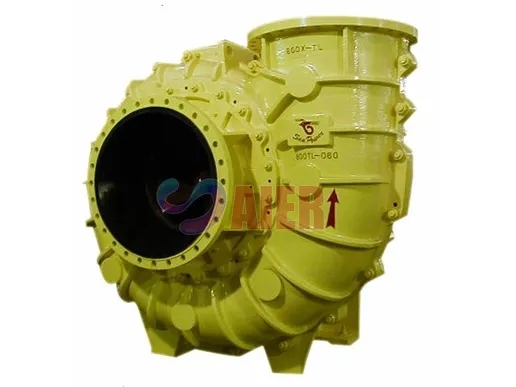Nov . 19, 2024 15:28 Back to list
slurry pump impeller wear factories
Understanding Slurry Pump Impeller Wear Factors and Solutions
Slurry pumps are essential components in various industrial processes, particularly in mining, construction, and wastewater treatment. These pumps are designed to handle abrasive slurries, which often contain solid particles suspended in liquids. A critical aspect of slurry pump performance and longevity is the wear of the impeller—a crucial component that plays a significant role in determining the efficiency of the pump. Understanding the factors influencing impeller wear can help industries optimize their operations and reduce costs.
Impeller Wear Mechanisms
The impeller of a slurry pump is subject to several wear mechanisms due to the nature of the materials it processes. The primary wear types include
1. Abrasive Wear This occurs when solid particles in the slurry come into contact with the impeller, leading to material removal. The size, shape, and hardness of these particles significantly affect the wear rate. For example, larger, jagged particles are generally more damaging than smaller, rounded ones.
2. Corrosive Wear In some cases, the slurry may contain corrosive elements that contribute to the deterioration of the impeller material. This type of wear is prevalent in applications involving acidic or alkaline slurries, where chemical reactions can weaken the impeller structure over time.
3. Cavitation Cavitation occurs when pressure drops below the liquid's vapor pressure, leading to the formation of vapor bubbles that collapse upon re-entering a high-pressure zone. This phenomenon can cause severe pitting and erosion on the impeller surface, significantly impacting its lifespan.
Factors Influencing Impeller Wear
Several factors can influence the rate of wear of slurry pump impellers, including
1. Slurry Composition The composition of the slurry, including the type and concentration of solids, plays a vital role in wear rates. Highly abrasive materials, such as sand or gravel, increase wear significantly compared to less abrasive substances.
slurry pump impeller wear factories

2. Flow Velocity The speed at which the slurry flows through the pump also affects wear. Higher velocities can lead to increased turbulence and greater chances of solid particle impact, accelerating the wear of the impeller.
3. Operational Conditions Conditions such as temperature, pressure, and the presence of air or gas can influence wear patterns. Elevated temperatures may exacerbate corrosive effects, while fluctuating pressures can increase cavitation tendencies.
4. Material Selection The choice of material for the impeller is crucial. Harder materials can withstand abrasive wear better, but may still fail under corrosive conditions. Hybrid materials, coating technologies, and specialized alloys are often employed to improve resistance to both abrasion and corrosion.
Mitigating Wear and Extending Lifespan
To effectively reduce impeller wear and enhance the life of slurry pumps, industries can implement several strategies
1. Regular Monitoring and Maintenance Routine inspections and maintenance can help identify early signs of wear, allowing for timely repairs or replacements before significant damage occurs.
2. Optimizing Pump Design Utilizing advanced design technologies can lead to improved impeller shapes and configurations that minimize wear. Computational fluid dynamics (CFD) modeling can assist in designing pumps that handle slurries more efficiently.
3. Adjusting Operational Parameters Modifying flow rates and slurry compositions can mitigate excessive wear. Achieving the right balance between performance and wear can help in minimizing downtime and maintenance costs.
In conclusion, understanding the factors influencing slurry pump impeller wear is essential for industries dependent on these systems. By implementing targeted strategies to counteract wear, operations can achieve greater efficiency, reduced costs, and prolonged equipment lifespan, ultimately enhancing overall productivity.
-
Top Submersible Pump Companies High Quality Manufacturers & Suppliers in China
NewsJul.08,2025
-
High Quality Seal for 5 Inch Dredge Pump Reliable China Manufacturer & Supplier
NewsJul.08,2025
-
High-Efficiency Slurry Sand Pump from Leading China Manufacturer – Durable & Reliable Solutions
NewsJul.07,2025
-
High-Quality Slurry Pump Made in China Durable Steel Mill Slurry Pump & Parts
NewsJul.07,2025
-
High Quality Excavator Dredge Pump Manufacturer & Suppliers from China – Reliable, Durable, Efficient Solutions
NewsJul.07,2025
-
Wholesale Slurry Pump Closed Impeller Supplier High Efficiency China Slurry Pump Closed Impeller
NewsJul.06,2025
